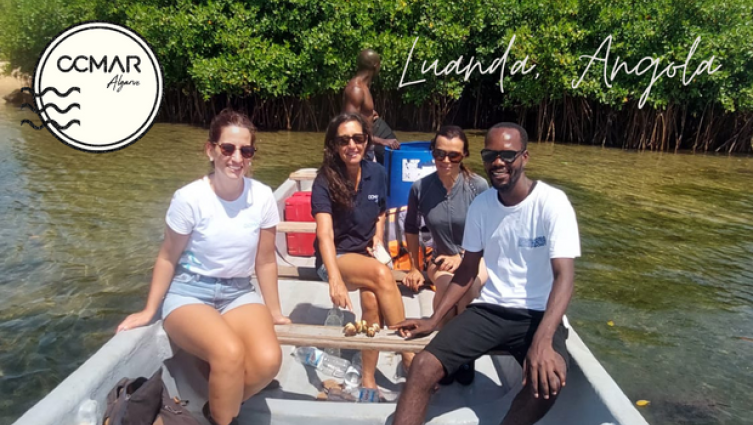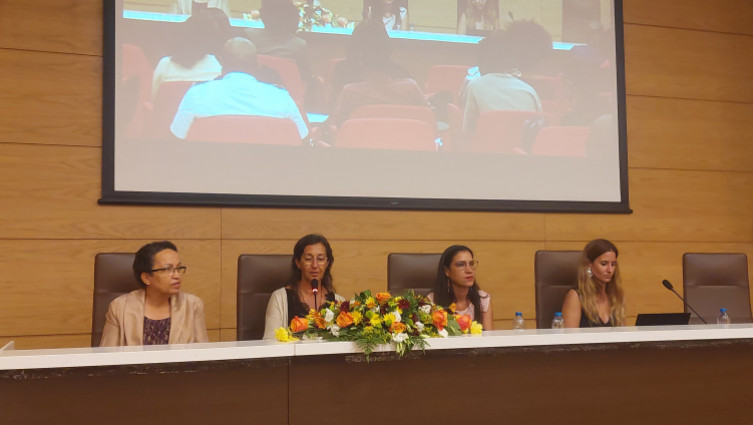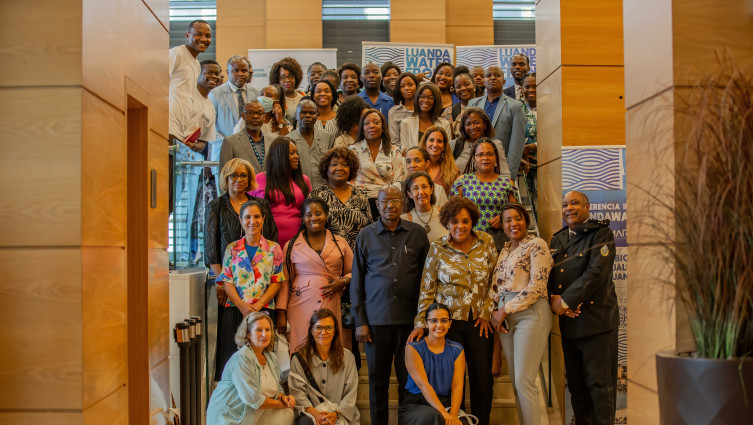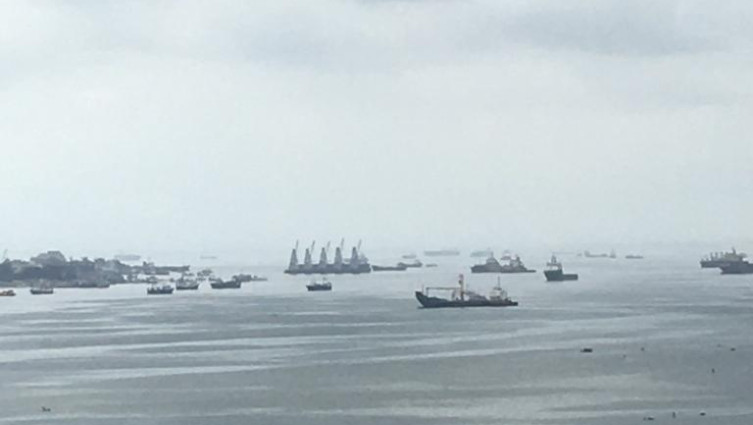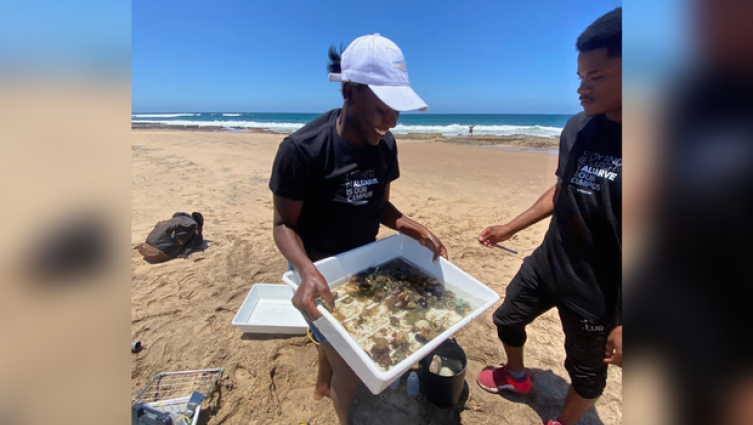Can we improve ecosystem health and life quality in Luanda Bay?
On 6-7 December 2022, our researchers Alexandra Teodósio, Ester Serrão, Teresa Borges, and Vânia Baptista went to Luanda to present the results of the LUANDAWATERFRONT Project.
Here's the "postcard they sent us":
Why did we go to Angola?
We went to Luanda to present the results of the LUANDAWATERFRONT Project, together with Angolan researchers. The results showed that the major threats to the Luanda Bay ecosystem are: solid waste and untreated domestic effluents that are released daily into the Bay, producing HAB (harmful algal blooms) and hampering subsistence fishing, the practice of nautical sports, and other leisure activities.
We presented a hydrodynamic prediction model of Luanda Bay, which shows that natural-based solutions, such as re-opening connection to the sea, allow the reduction of residence time and restore native seagrasses. These will increase the health of the ecosystem and quality of life in Luanda Bay. These results were presented to the Angolan Authorities, including the Minister of the Sea and the Secretary of Environment.
The highlights of our visit.
The most significant results were the capacity development of Project LUANDAWATERFRONT with several presential and online short courses, including Observational Oceanography, Citizen Science, and Data analysis. We also had the opportunity to visit the University of Namibe in Moçamedes, where a Rocky Shore Ecology course had been implemented between 8 and 11 December.
Collaborating with our partners to create opportunities.
We were able to implement the collaborative platform CCEMAR (Collaborative Centre of Excellence in Marine Sciences for Africa) to be established at the University of Namibe. In the next years, several research and educational actions are expected to be developed to study marine biodiversity and ecosystem function on the Angolan coast.

